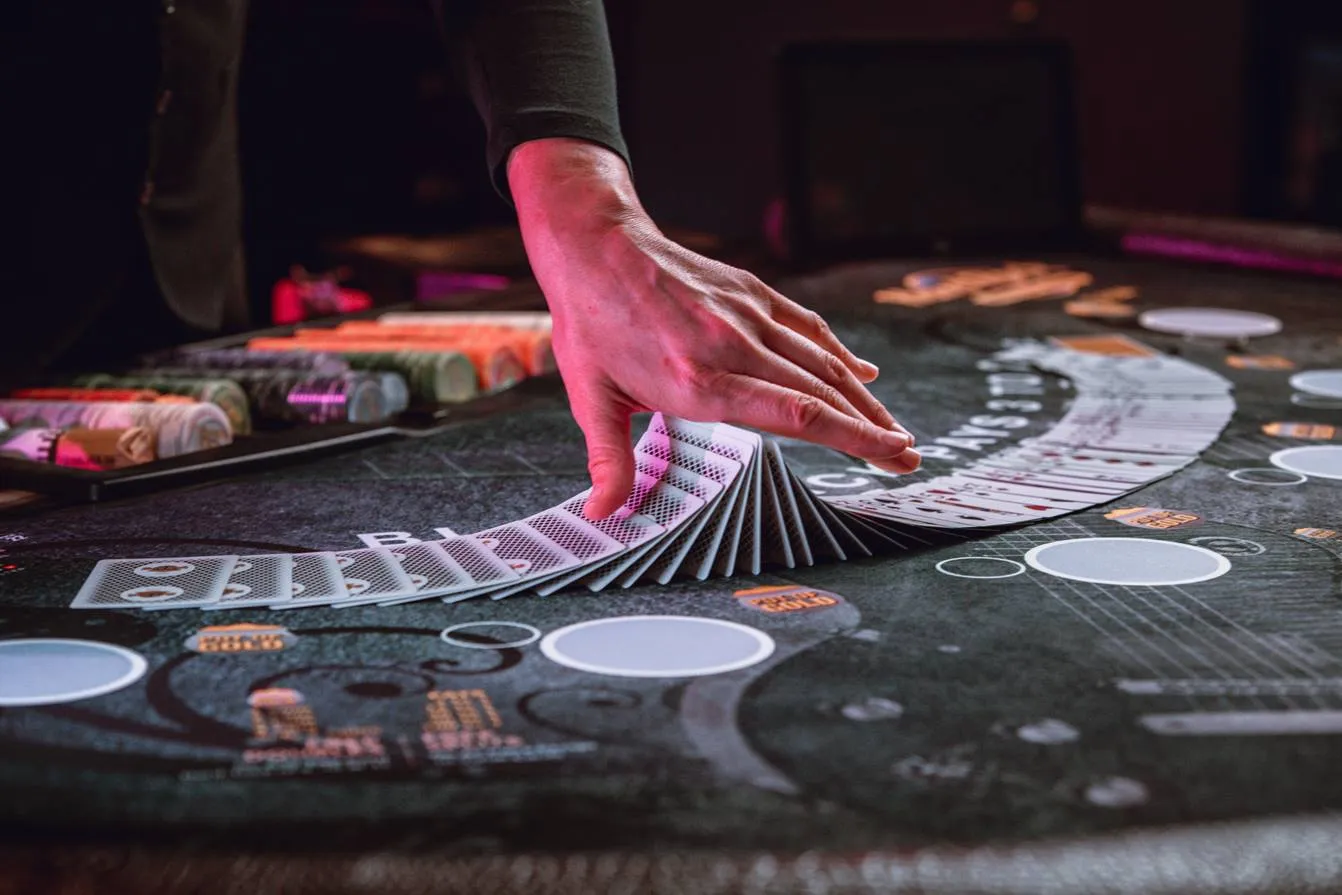
Spin it to win it! Roulette is one of the most exciting games on the casino floor, known for its simplicity and the thrill of watching the ball land in a winning pocket. While it's often seen as a game of chance, learning a few key strategies can enhance both your enjoyment and your chances of winning.
Whether you're new to the game or looking to refine your approach, this guide will provide you with everything you need to know to start playing roulette like a pro. From understanding the different types of roulette to mastering various betting strategies, we've got you covered. Get ready to place your bets and spin the wheel!
Winning at roulette is primarily about luck, but understanding how the game works will enhance your experience. Here's a quick rundown of the basics:
Roulette comes in several variations, each offering unique features and odds, adding depth and excitement to the game. Knowing the differences between these versions can help you choose the one that best suits your style and improves your chances of winning. Here’s a look at the most common types of roulette you’ll find in casinos:
Understanding these variations allows players to make more informed decisions and find the version of roulette that best matches their preferences and strategies. Whether you're looking for better odds or a more complex game, knowing the types of roulette can enhance your gaming experience.

Roulette offers a wide range of betting options, allowing players to tailor their strategy and excitement level. Whether you prefer the thrill of high-risk, high-reward bets or the steadiness of safer options, there's something for everyone. Understanding the different types of bets and how they work can enhance your game and help you make more informed decisions.
Here’s a breakdown of the main betting categories to get you started:
Inside Bets: These are bets placed on specific numbers or small groups of numbers. Examples include:
Outside Bets: These bets cover larger groups of numbers and have higher odds of winning but offer lower payouts. For example, betting on red or black, odd or even, or high (19-36) or low (1-18) pays 1:1. If you bet $10 and win, you receive $10 in winnings plus your original $10, for a total of $20. Examples of outside bets include:
Understanding these variations and betting options can help you choose the type of roulette that suits your style and strategy. Whether you prefer the straightforward excitement of American roulette or the better odds of the European and French versions, knowing your options will set you up for a great time at the table.
This is one of the simplest and most well-known strategies. The idea is to double your bet after every loss, with the aim of recovering all previous losses and gaining a profit equal to your original bet once you win. For example, if you start with a $10 bet and lose, your next bet would be $20, then $40, and so on until you win.
Based on the famous Fibonacci sequence (1, 1, 2, 3, 5, 8, ...), this strategy involves betting by adding the last two bets together. Start with a small bet, and if you lose, move to the next number in the sequence. If you win, move two steps back in the sequence.
This strategy is a more conservative approach than the Martingale. It involves increasing your bet by one unit after a loss and decreasing it by one unit after a win. This gradual adjustment helps to manage the bankroll and reduce the risk of large losses.
While these strategies can provide structure and help manage your bets, it's important to remember that no strategy can eliminate the house edge or guarantee consistent wins. The best approach is to play for fun, enjoy the excitement of the game, and always gamble responsibly. Use these strategies to enhance your gaming experience and make the most of your time at the roulette table.
To make the most of your roulette experience, managing your bankroll is essential. Proper bankroll management ensures you can enjoy the game for longer and reduces the risk of losing more than you intended. Remember, every roulette table has a house edge, meaning the odds are slightly tilted in favor of the casino. In American roulette, the house edge is 5.26%, while in European roulette, it's 2.7%. Knowing this can help you set realistic expectations and enjoy the game responsibly.

The best roulette strategies are sustainable. Always set time and money limits before you start to play. Know when to stop, and take regular breaks to give your mind a rest. If you feel out of control or unable to stop, reach out. Like many casinos, Cherokee Casinos offer tools and resources that help you and others game responsibly.
There are no "best" numbers. All have equal odds. You might pick your lucky number or a number with personal significance.
Use a roulette strategy to increase your chances of walking away with more money than you started with—not to "win" an individual spin. Roulette is a game of chance, but you can make a plan to minimize your losses and stop when you're ahead.
The answer depends on your budget. You might bet between 1% and 2% of your total budget on each spin.
American roulette has 38 pockets (including 0 and 00), while European roulette has 37 (with a single 0). European roulette gives you better odds of winning.

Ready to test your luck and put your roulette strategies to work? Cherokee Casinos offer an exciting and welcoming environment for both new and seasoned players. Whether you're looking to enjoy the thrill of the roulette wheel or explore other gaming options, Cherokee Casinos have something for everyone. Visit one of our featured locations that offer roulette:
Cherokee Casinos operate nine different locations, each offering unique gaming experiences, dining options, and entertainment. If you're near another location, be sure to check out what Cherokee Casinos have to offer! Find a location near you and discover the excitement waiting for you.
From first spin to last call, this is where nights turn legendary and mornings start slow, just the way you like it. Crank up the fun or kick back in style. It’s all right here.

_1200x900.png?branch=production&format=webp&width=1200&quality=80)
_1200x900.png?branch=production&format=webp&width=1200&quality=80)
_1200x900.png?branch=production&format=webp&width=1200&quality=80)
_1200x900.png?branch=production&format=webp&width=1200&quality=80)
_1200x900.png?branch=production&format=webp&width=1200&quality=80)
_1200x900.png?branch=production&format=webp&width=1200&quality=80)